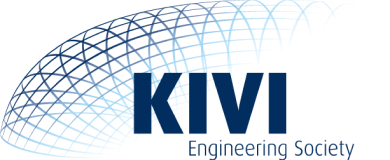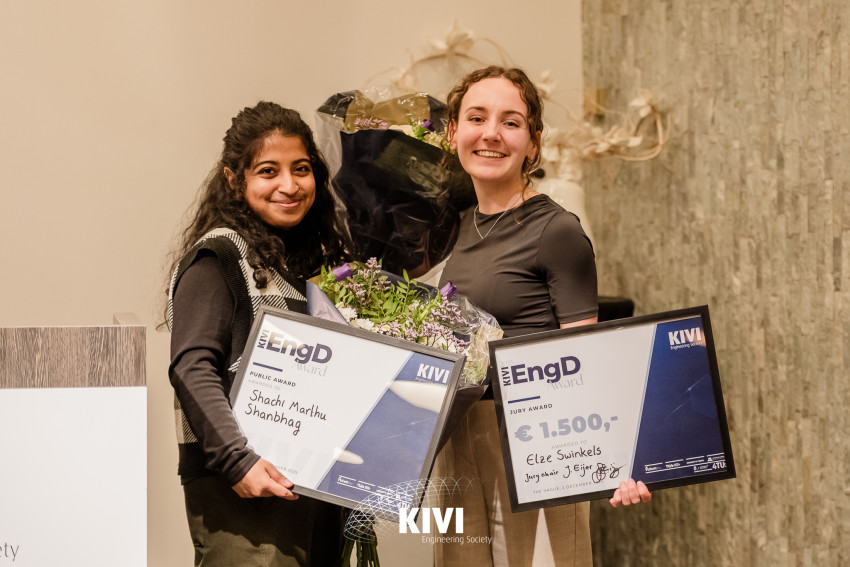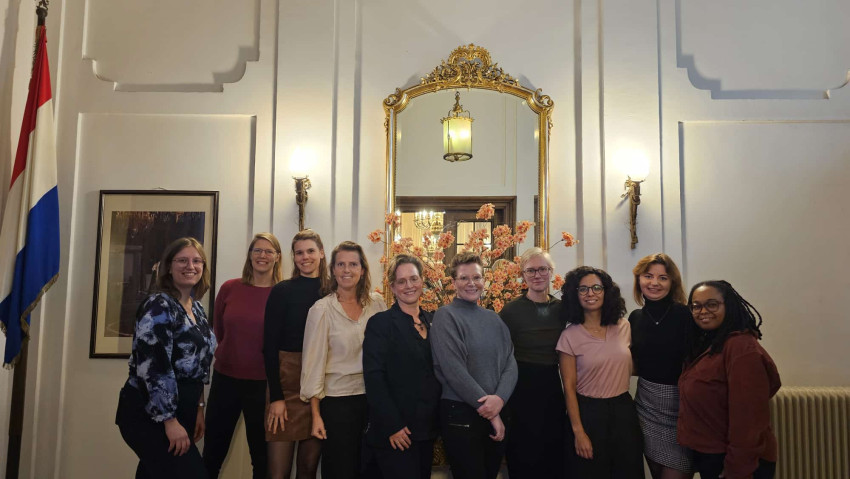
There are two camps in economics: the supply-siders and the demand-siders.
The first are followers of Milton Friedman; their theory holds that cutting tax rates will stimulate investments, thereby expanding the supply of goods and thus the economy. This contradicted the theories of John Maynard Keynes, who argued that aggregate demand (total spending in the economy) determined the overall level of economic activity.
Why bring this up in a site for process engineers?
Because in the world of climate change and CO2-reduction there are also two camps: Those who advocate more clean energy and those who want to use less oil and gas by using wood and sugar as raw materials. (To be fair: they may fight each other for subsidies, but at least not on principles.)
A recent report (200+ pages) has now appeared in the US, where thoughts almost always go towards more, rarely less.
Just look at the list it identifies as 10 high-priority clean energy innovation areas:
Storage and battery technologies
Advanced nuclear reactors
Hydrogen
Advanced manufacturing technologies
Building energy technologies
Electric grid modernization and smart cities
Large-scale carbon management
Carbon capture, use and storage
Sunlight to fuels
Biological sequestration
Now the wait is on for a similar report for the alternative-feedstock-crowd.


